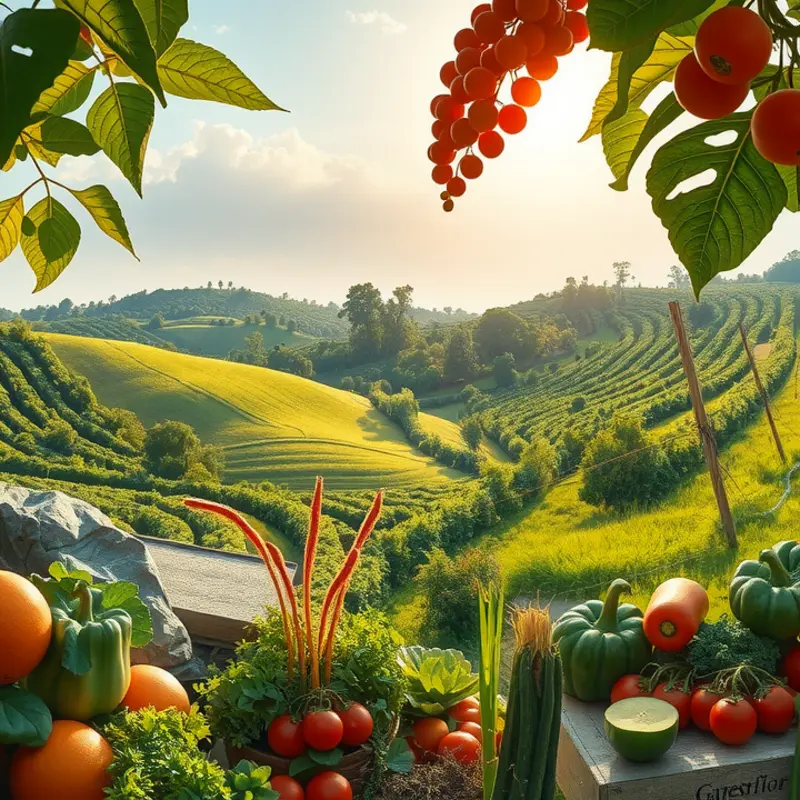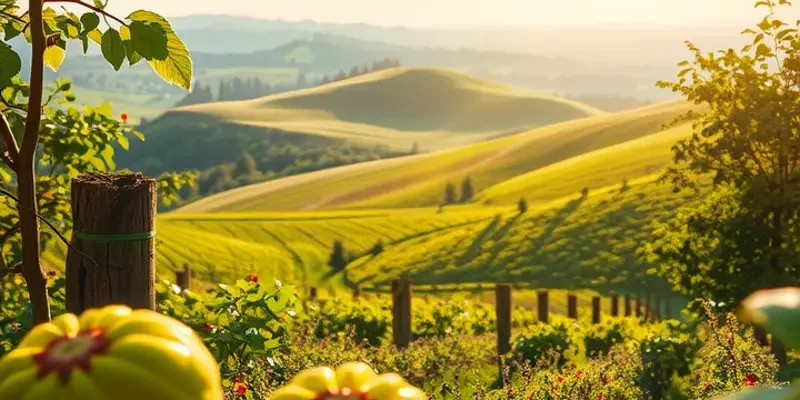Each culture has its own festive sweets, reflecting unique culinary techniques and traditions. Exploring these delightful treats not only satisfies our sweet tooth but also connects us to cultural stories, values, and celebrations. From Lunar New Year mooncakes to Diwali’s ladoos, festive sweets encapsulate the essence of various cultures and their values, fostering a sense of community and joy.
Sweets of Celebration: Symbolism and Stories

Festive sweets are more than just delightful treats; they are embodiments of cultural heritage and storytelling. Across the globe, these confections play an integral role in celebrations, symbolizing joy, prosperity, and religious significance.
Take Panettone, for instance. This Italian Christmas bread, with its rich blend of dried fruits and citrus zest, is not merely a holiday dessert. Its shape, reminiscent of a domed cathedral, embodies unity and family gatherings. Originating in Milan, Panettone’s myths speak of love and spontaneity, with legends dating back to a noble youth who baked it to win the heart of a baker’s daughter.
In Jewish culture, Hanukkah celebrates the miracle of oil with the traditional sufganiyot, or jelly donuts. These sweet pastries, fried in oil, serve as a culinary tribute to the small quantity of oil that miraculously kept the temple’s menorah alight for eight days. The process of making sufganiyot is a ritual passed down through generations, promoting togetherness and appreciation for miracles.
Moving to India, sweets are an integral part of Diwali, the festival of lights. Ladoo, made with ingredients like chickpea flour or coconut, symbolize happiness and prosperity. The preparation of these sweets involves families coming together, sharing stories and memories, further enriching the layers of tradition.
Similarly, in Japan, wagashi sweets are made with rice flour, sweetened red bean paste, and agar. These confections are crafted meticulously, with each shape and color reflecting the changing seasons and the fleeting beauty of nature. Every bite of wagashi is a reminder of Japan’s cherished aesthetic and the importance of harmony with the natural world.
Exploring these rich traditions reveals a common thread: the exacting care and symbolic ingredients that transcend everyday reality. Rituals surrounding these sweets include seasonal harvests, spiritual offerings, and communal gatherings. For cultures around the world, the craftsmanship behind festive sweets reflects respect for history and an enduring sense of community.
Understanding these bonds between sweets and celebrations also involves recognizing how the diverse ingredients contribute to each treat’s significance. Many culturally significant ingredients—like almonds in marzipan or saffron in Swedish lussekatter—highlight trade and historical exchanges. Each element narrates stories of cultural diffusion and adaptation over centuries.
If you wish to explore the origins and influences of various ingredients on global cuisine, consider visiting culinary influences through trade. This article delves into the fascinating ways trade has enriched recipes worldwide.
In essence, festive sweets are much more than culinary pleasures. They are edible narratives, weaving together threads of history, community, and celebration. Each festival, through its unique confections, invites us to delve deeper into a world where taste is a gateway to cultural understanding and appreciation.
Global Flavors: Iconic Festive Sweets and Their Origins

Around the world, sweet delicacies are more than mere culinary indulgences—they are expressions of cultural identity, hospitality, and tradition. Each bite of these festive treats offers a deeper understanding of the regions from which they originate. In Turkey, one of the most iconic sweets is Lokum, or Turkish Delight. Typically offered to guests as a gesture of hospitality, this confection is made from sugar and starch, often flavored with rosewater, orange, or lemon. Originating in the Ottoman Empire, it symbolizes the warmth and generosity of Turkish culture, where sharing food has always been central to fostering bonds.
Venturing to Southeast Asia, Indonesia presents its own unique sweet with Kue Cubir. Known for its vibrant colors and rich flavors, this dessert is made from rice flour, coconut milk, and pandan leaf juice, giving it a distinctive aroma. Kue Cubir is particularly cherished during festive occasions such as weddings and religious celebrations. Its round shape is said to symbolize unity and harmony, key values during communal gatherings.
In India, sweets are deeply interwoven with cultural and religious occasions. During Diwali, the festival of lights, the variety of sweets prepared is dazzling. Favorites include Ladoo, Jalebi, and Barfi, each crafted from a base of sugar, milk, and flour, but differentiated by spices like cardamom, saffron, and nuts. These sweets, offered to deities and shared among family and friends, symbolize prosperity and fertility. The preparation and distribution of these delights represent the dispersal of joy and wealth, aligning with the festival’s themes of abundance and spiritual enlightenment.
Each of these sweets carries a story rooted in its cultural and historical context. For instance, the spread of trade routes facilitated the global exchange of flavors and ingredients, influencing the creation of diverse sweets across continents. Such culinary exchanges have been explored in global pastry traditions, illustrating how the exchange of goods and ideas has enriched local cuisines.
These traditions are more than gastronomic experiences; they are integral to cultural storytelling and heritage. As we savor these sweets, we honor and participate in age-old traditions that continue to unite people across generations. The vibrant tapestry of global sweets not only satisfies our cravings but also enriches our appreciation for the world’s collective cultural richness.
Final words
The world of festive sweets serves as a delectable window into diverse cultural celebrations. Each sweet tells a story of heritage, community, and rituals that have been passed down through generations. By savoring these treats, we not only experience unique flavors but also connect with the traditions and values that inform each culture’s festive spirit. Embracing these diverse culinary treasures enriches our understanding of the world and fosters appreciation for the shared joys of celebration.








